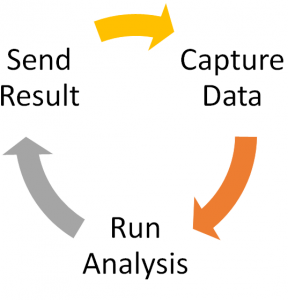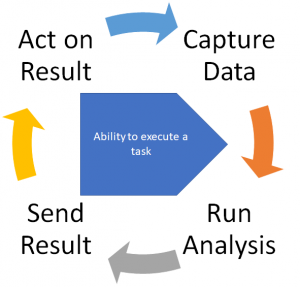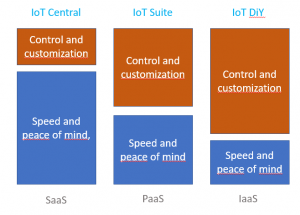Nope, my new position is not dead yet, thank you very much.
What I mean by this title is usually a meeting in any IT service, after a major incident has been resolved, where all the team members who have worked on the incident gather and discuss what went wrong, and how to improve tools and processes to do better next time.

I specify blameless, as it is a very good practice to avoid finger pointing, generally and particularly in these meetings. If you want people to be honest and share their best insights, you have to keep in mind that these post-mortems have to cultivate an atmosphere of trust. The aim is really to find out how the events have unfolded, which information had been gathered, what went wrong, what steps were smart, which ones did not work properly etc.
For more information about that, I recommend some DevOps sessions and talks, like this one from @Jasonhand from VictorOps : It’s Not Your Fault – Blameless Post-mortems
But my point today is to write about another kind of post-mortem which I discussed with a friend a few months back.
The methodology of a post mortem could and should be used in different settings than just IT infrastructure incidents. It should be extended to sales, whether you manage to win or lose the deal. It could be applied personally to any job interview, even if there are usually not that many people involved. And it could be used after any major event in your life, personal or professional.
The main focus for me right now would be the sales post-mortem. In most companies I have worked for, the sales pipeline strategy is mostly to respond to as many RFP as possible. Statistically, it makes sense, as you are doomed to success every once in a while. In terms of smart strategy… let’s say I am not completely convinced. I tend to prefer a targeted answer to the cases where my team/company can bring out real value and help the customer while bringing attractive project to our team. I usually do not hesitate to forgo any RFP where there is nothing interesting or that puts us in jeopardy without bringing any value, or sexiness to our job.
When you have time to focus on very interesting cases and invest time on those, you would usually find this time useful, on short and long term. And you should take time, whether you win or lose, to have this post-mortem meeting with your team. It is good to get the feelings and insights from everyone involved about the outcome. And I mean everyone. The first stakeholder you should at least get feedback from is the customer. I try to build a trust relationship with a potential customer during the RFP process where we can exchange honest points of view about our positioning and the project expectations. During the process this helps everyone stay on the right track. And afterwards, it helps to know why you have not been chosen.
Beyond knowing, the most important aspect of these post-mortems is to implement some changes on your process, to be more relevant and have a better chance for success the following time around.
And that’s it for early morning musings, ’til next time!






